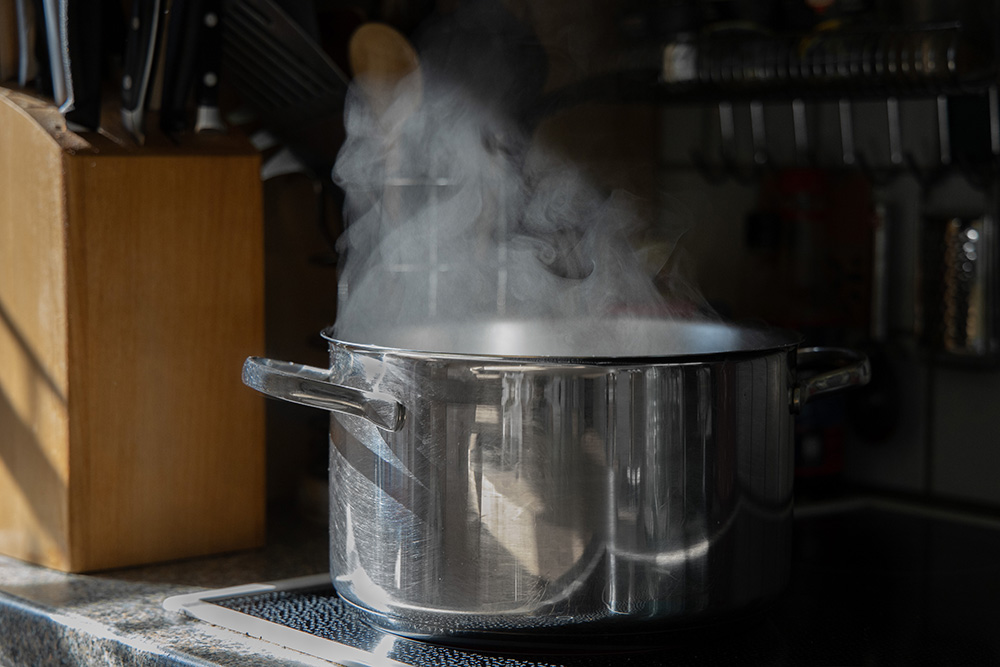
Photo by Michael Kopp from Pixabay
New Research Hopes to Uncover Disparities in Indoor Pollution
Given a choice between inhaling the scent of roasted meat and vegetables or breathing smog from a large industrial area, most people would choose the former. However, the simple act of roasting food indoors, especially with gas burners, can create indoor pollution worse than what is measured in many large cities.
Unlike outdoor pollution, indoor pollution is not regulated, but it can greatly exacerbate health conditions and decrease life expectancy. In the case of cooking, the culprit is PM2.5, or particulate matter that is 2.5 micrometers in size.
These microscopic particles of soot, dust, oil, and whatever toxins they might be carrying don’t just enter the lungs, they can also pass into the bloodstream due to their small size. Just as the COVID-19 pandemic exposed health disparities among race and class lines, exposure to pollutants such as PM2.5 indoors and outdoors is linked with environmental inequality.
CEE Professor Qiang He and Assistant Professor Shuai Li, along with College of Social Work Associate Professor Courtney M. Cronley, received a seed grant from the Institute for Secure and Sustainable Environment to better understand the indoor human exposome. The indoor exposome is simply the entirety of pollutants people take in while indoors including numerous chemical, physical, and biological contaminants, such as microorganisms and particulates involved that can shed light on health risks and disparities.

Qiang He, left, and Shuai Li
By creating a personalized device that can be worn throughout the day, the team hopes to continuously track pollutant exposure. So, while a person is going about their routine, sampling of pollutants will be carried out en route, which can be analyzed in a lab.
“Since the exposome plays important roles in human health, particularly in the development and progression of diseases such as cancer, infectious diseases, and chronic inflammatory diseases, this research could help by understanding exposures that a person might have greater control over,” said He.
Since humans spend up to 90 percent of their time indoors, it’s worthwhile to study the exposome. There are many linkages between environmental exposure and socio-economic determinants, and the team hopes that any research identifying disparities in the indoor exposome be used to develop strategies to reduce environmental inequity and improve public health.